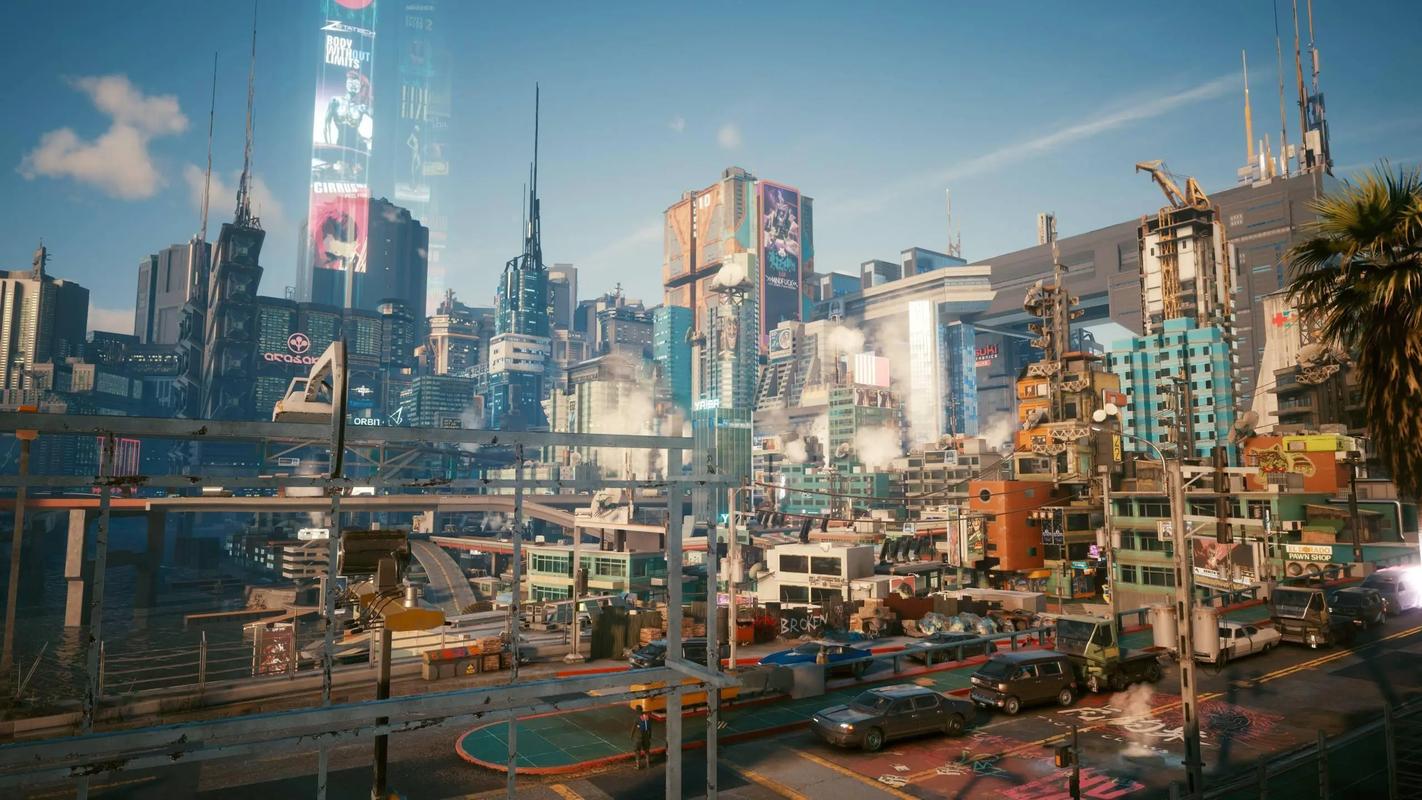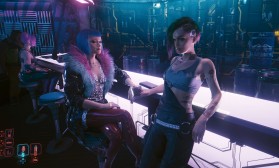Of all the seismic shifts in the long, winding history of the Resident Evil franchise, none was as audacious, as terrifying, or as divisive as the first-person perspective of Resident Evil 7: Biohazard. After the series had drifted into the realm of action-blockbuster spectacle with entries like Resident Evil 5 and 6, Capcom made a bold and calculated gamble. They stripped away the global conspiracies and super-soldier protagonists, opting instead for a claustrophobic, intimate, and deeply personal nightmare set in a dilapidated plantation house in rural Louisiana. The reception to this first-person reboot was a complex phenomenon, a cocktail of rapturous critical acclaim, initial fan skepticism, and eventual widespread acceptance that it wasn't just a great game, but a vital course correction for the entire series.
The decision to adopt a first-person view was the cornerstone of this reinvention. It was a deliberate and multifaceted design choice, not merely a trendy aesthetic. Primarily, it was a vehicle for immersion. By literally placing the player inside the eyes of everyman protagonist Ethan Winters, Capcom amplified the horror to unbearable levels. The constrained field of vision meant threats could—and would—lurch from just outside your periphery. The iconic scene of Jack Baker stalking the player through the main hall of the house, his hulking form filling the doorway, is infinitely more terrifying from a first-person perspective. You aren't watching Ethan be chased; you are being chased. The inability to see behind you without turning created a constant, palpable sense of vulnerability, a feeling long absent for players who had become accustomed to Chris Redfield punching boulders.
This shift back to horror was the second critical function of the first-person perspective. Resident Evil 7 consciously drew inspiration from the modern golden age of indie horror, particularly the popular "PlayStation Wishlist" demo P.T., and the rise of VR horror experiences. The first-person view was perfectly suited to this new-old direction. It facilitated a slower, more deliberate pace. Players were forced to examine their environment closely, to listen for creaking floorboards and distant footsteps, and to manage limited resources with a newfound sense of tension. The combat, while present, felt clunky and desperate—a far cry from the polished headshots of its predecessors. This was a return to the survival horror roots of the original games, where fear was born from powerlessness and resource scarcity rather than overwhelming enemy hordes.
Unsurprisingly, the announcement of this radical departure was met with significant trepidation from the franchise's dedicated fanbase. For many, Resident Evil was defined by its third-person camera, its ensemble cast of iconic heroes, and its specific blend of action and horror. To them, a first-person game set in a new location with an unknown protagonist felt less like a new Resident Evil and more like a new IP cynically wearing its skin. The "Where's Leon?" and "This isn't Resident Evil" sentiments were rampant in online forums and comment sections. The disconnect was understandable; Capcom was asking players to trust a vision that seemed to abandon two decades of established franchise identity.
This skepticism, however, began to evaporate upon the release of the brilliantly crafted "Beginning Hour" demo. This free slice of the game, set in a different part of the Baker estate, allowed players to experience the new tone and mechanics firsthand. It was a masterstroke in marketing. Players discovered that beneath the new perspective lay the unmistakable DNA of classic Resident Evil: intricate environmental puzzles, limited inventory management, typewriters (here as cassette recorders) for saving, and a mysterious, unfolding narrative. The demo’s puzzles and multiple endings generated immense buzz, proving that the spirit of the franchise was not only intact but was thriving within this new framework.

Upon its full release in January 2017, critical reception was overwhelmingly positive. Reviewers universally praised the game's oppressive atmosphere, its compelling and horrifying Baker family antagonists, and its successful return to pure survival horror. The first-person perspective was consistently highlighted as a key ingredient in its success, lauded for making the horror visceral and immediate. The game was hailed as a triumphant comeback for a series that had lost its way. This critical darling also found commercial success, selling millions of copies and quickly becoming one of the franchise's best-selling entries.
Perhaps the ultimate testament to the effectiveness of the first-person reboot was its seamless integration with PlayStation VR. Resident Evil 7 became a flagship title for VR, offering one of the most intense and immersive gaming experiences available. Playing in VR wasn't just an option; for many, it was the definitive way to experience the game. Leaning around corners in the dusty hallways, peering up at the monstrous Jack Baker, and the sheer dread of opening a creaking cupboard became unparalleled visceral experiences. The VR mode silenced many remaining doubters, demonstrating that the first-person view was not a gimmick but the essential, foundational element that made RE7's horror so potent.
In retrospect, the reception of Resident Evil 7's first-person reboot tells a story of successful creative risk. It was a gamble that initially divided but ultimately united a fanbase and brought legions of new players into the fold. It proved that the core of Resident Evil was not a specific camera angle or a recurring character, but a feeling: the feeling of dread, of solving mysteries under pressure, and of surviving against grotesque, insurmountable odds with nothing but a handgun and a few bullets. By embracing a first-person view, Capcom didn't abandon the series' identity; they rediscovered it, crafting a modern classic that respectfully honored the past while fearlessly evolving the franchise for a new generation. It set a new standard for survival horror and laid the groundwork for the successful evolution seen in the subsequent Resident Evil 2 and 3 remakes, proving that sometimes, to find your way back, you must first be willing to change your perspective entirely.














